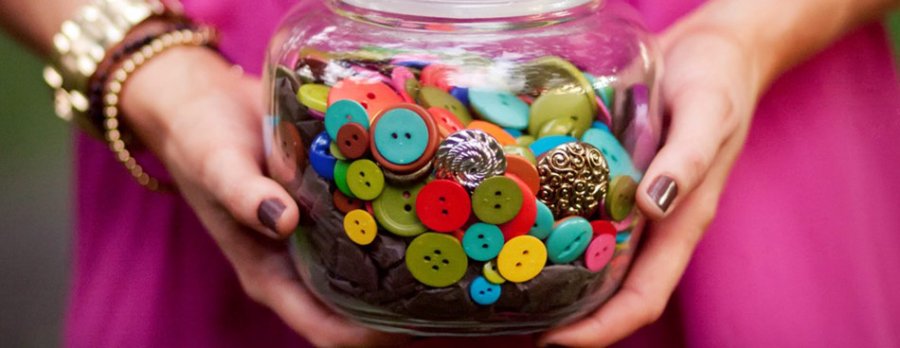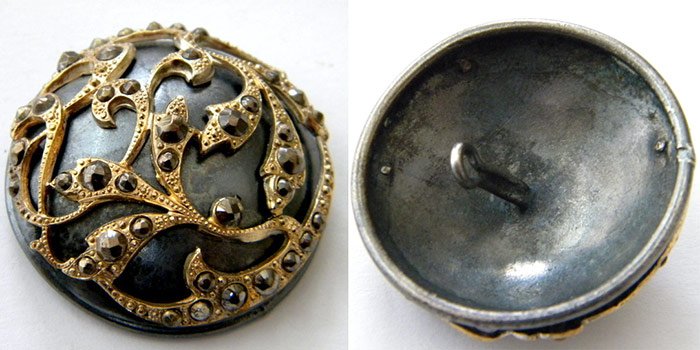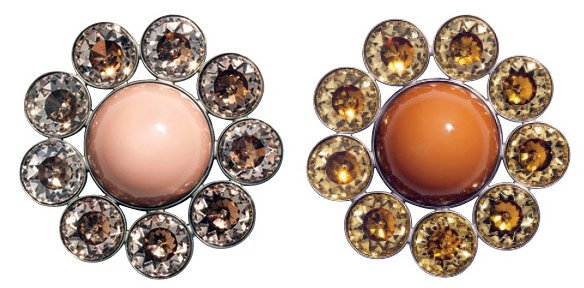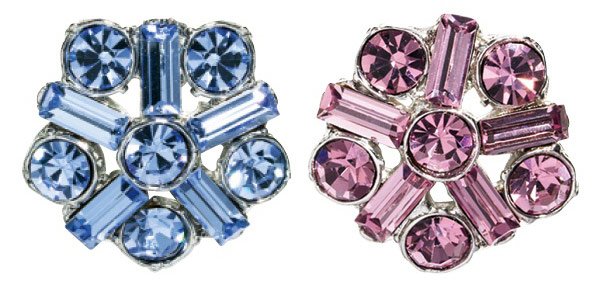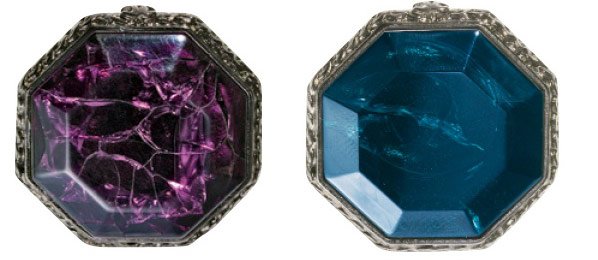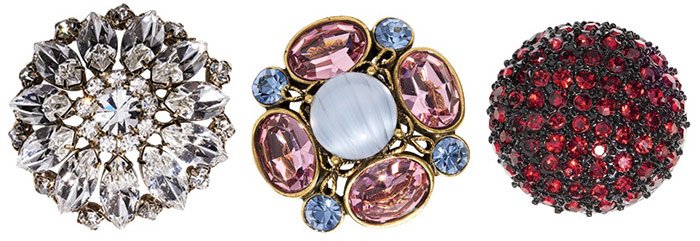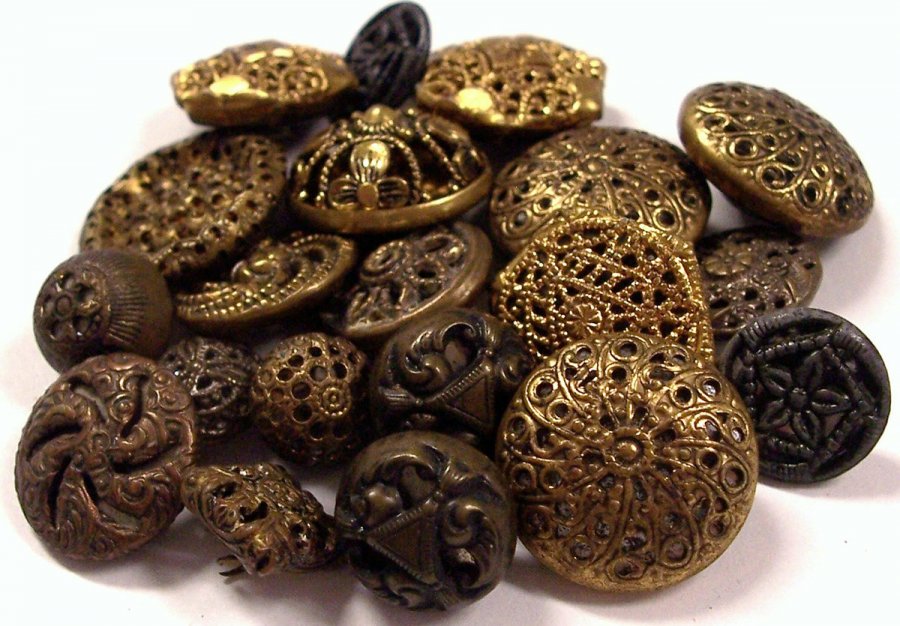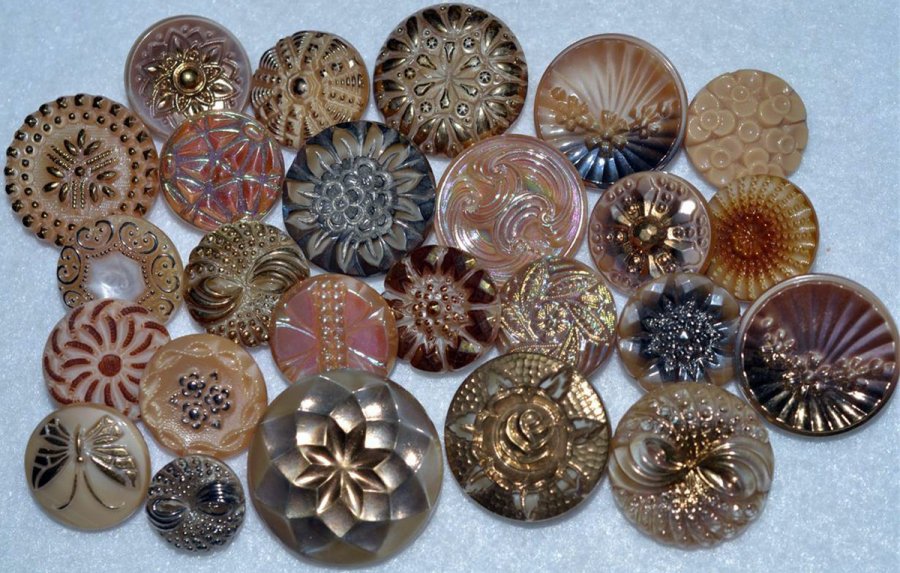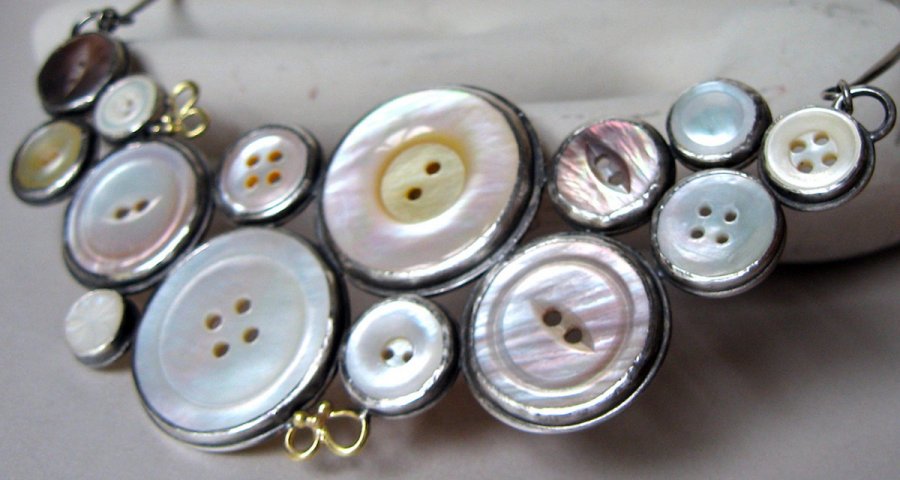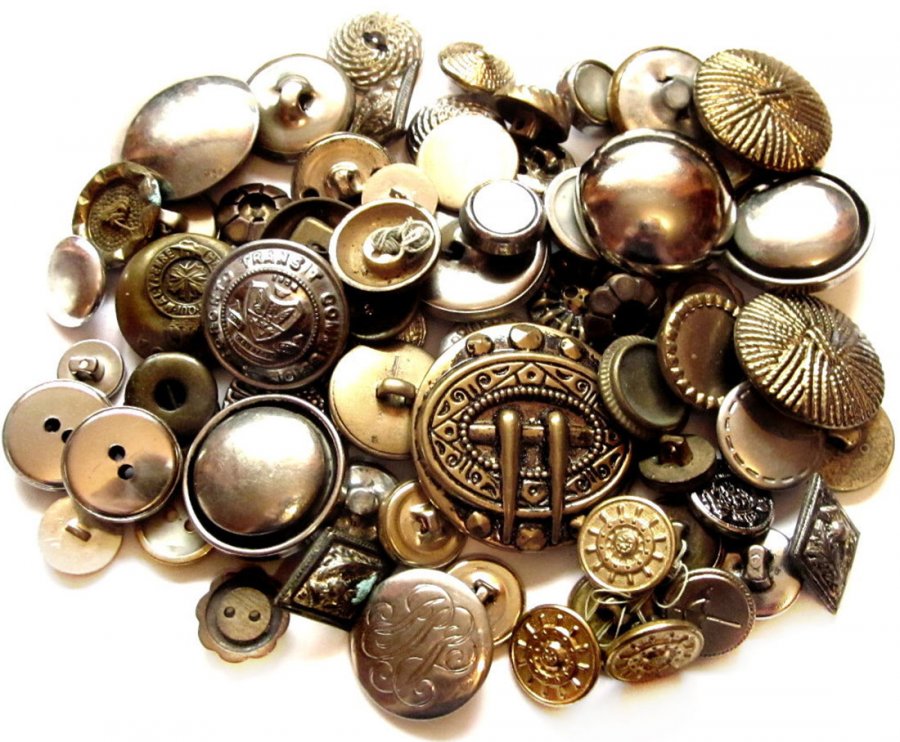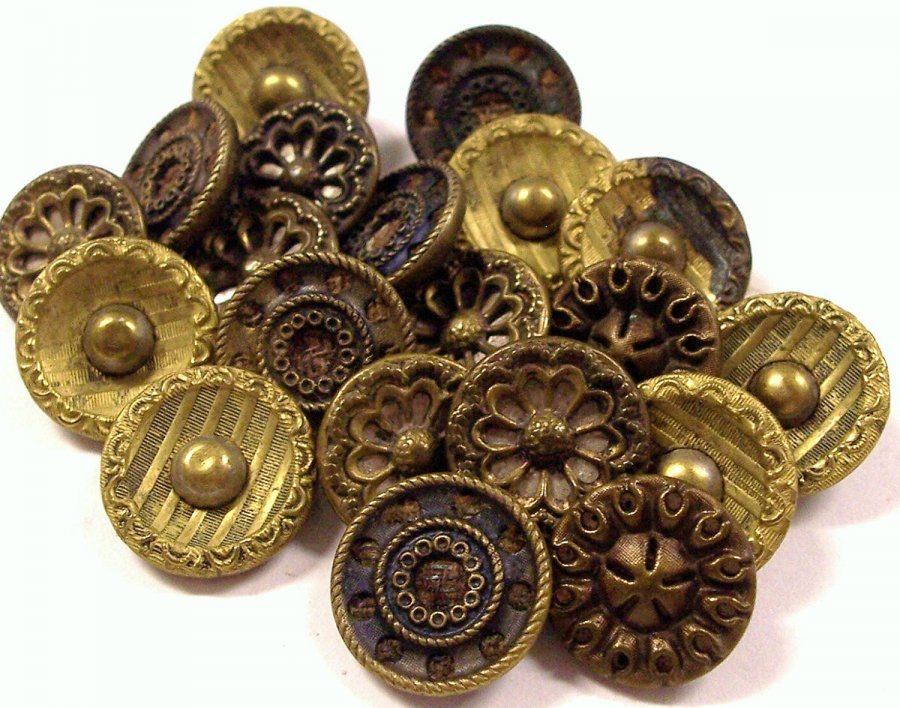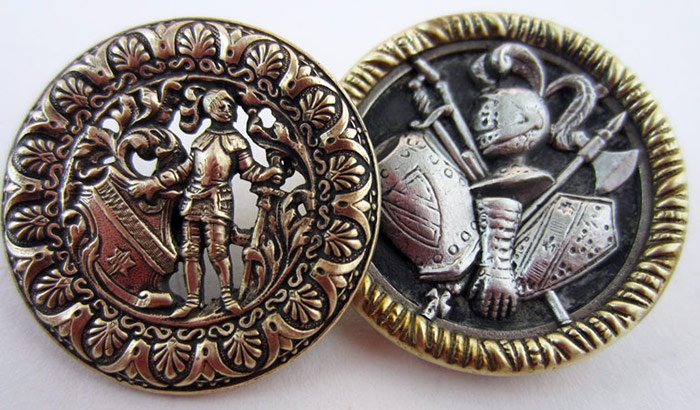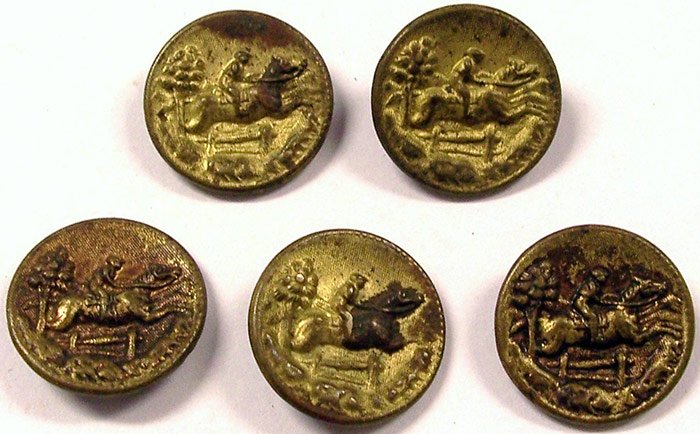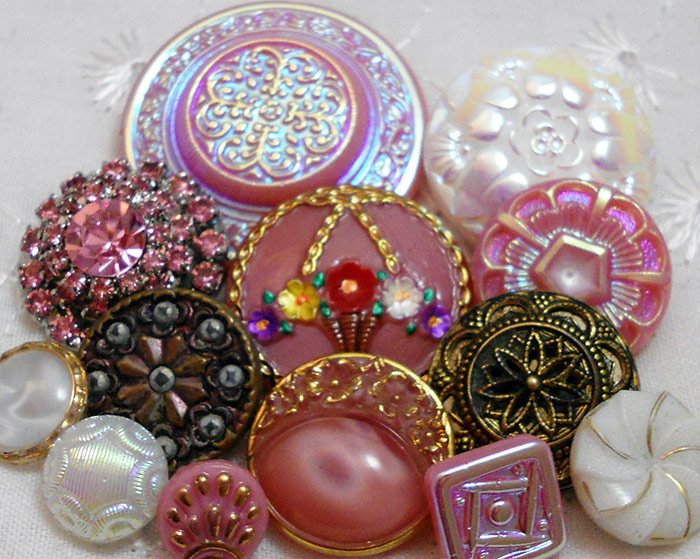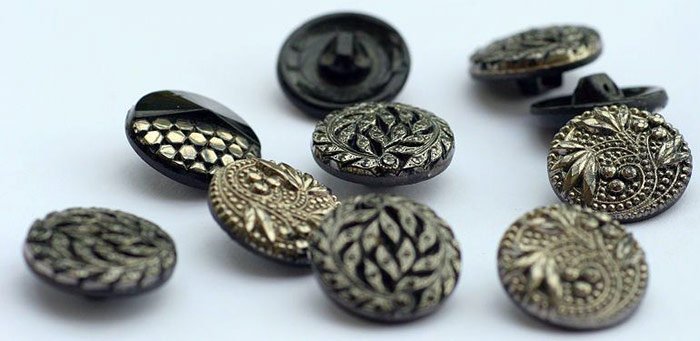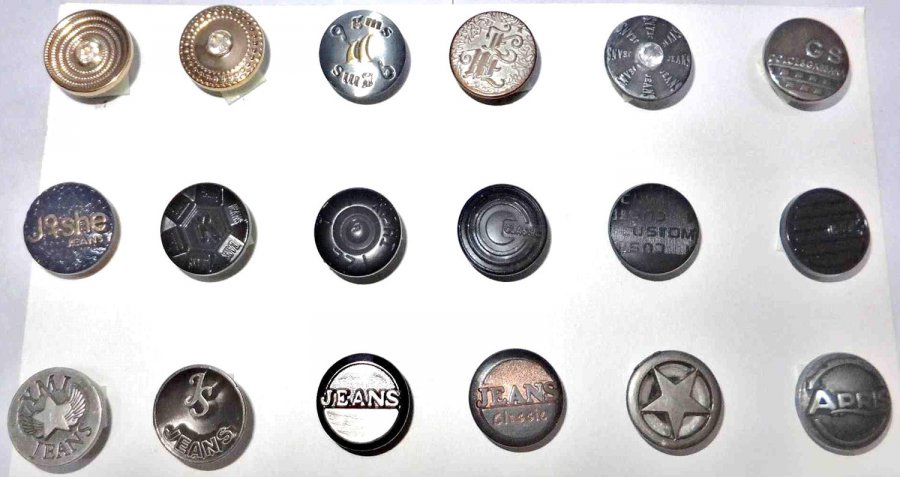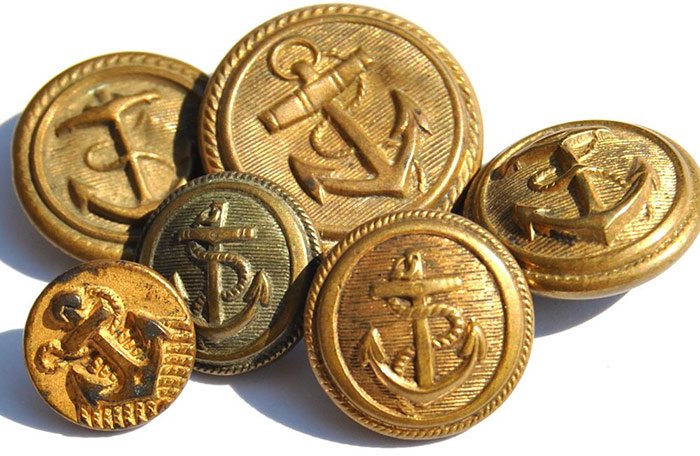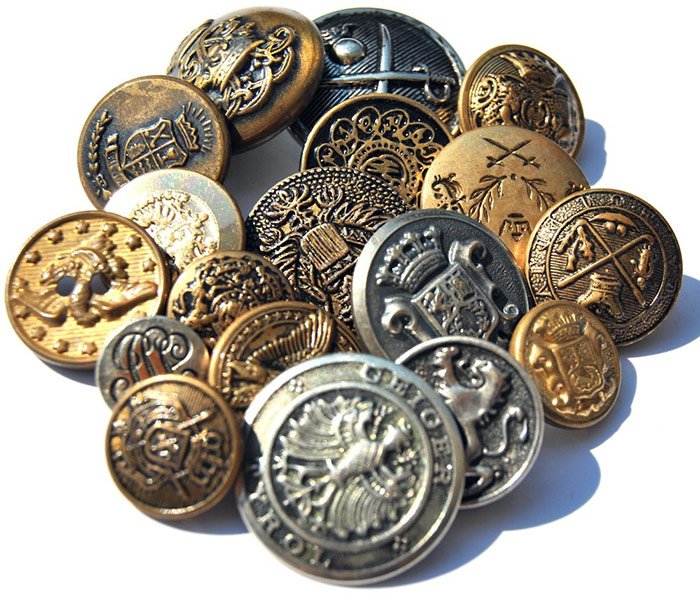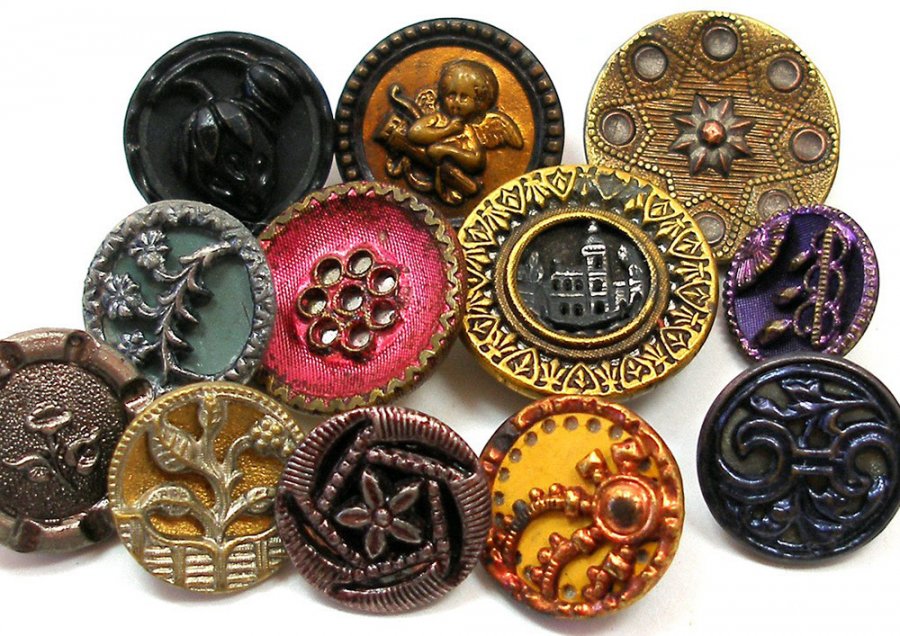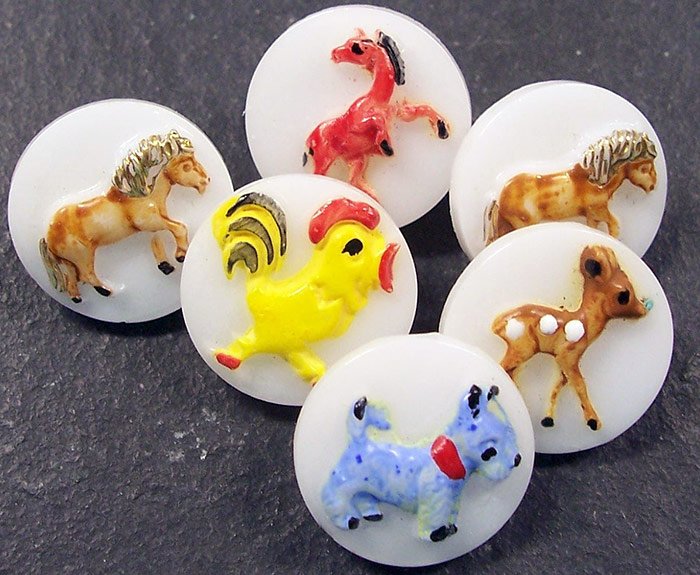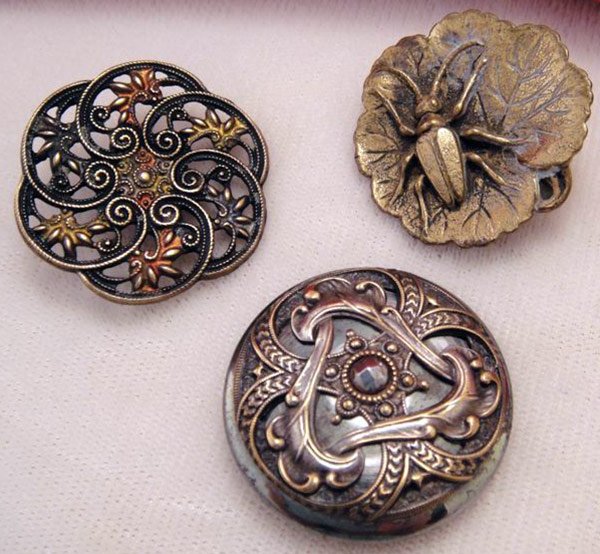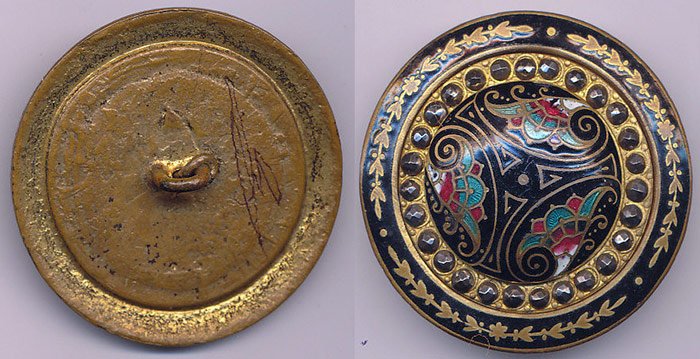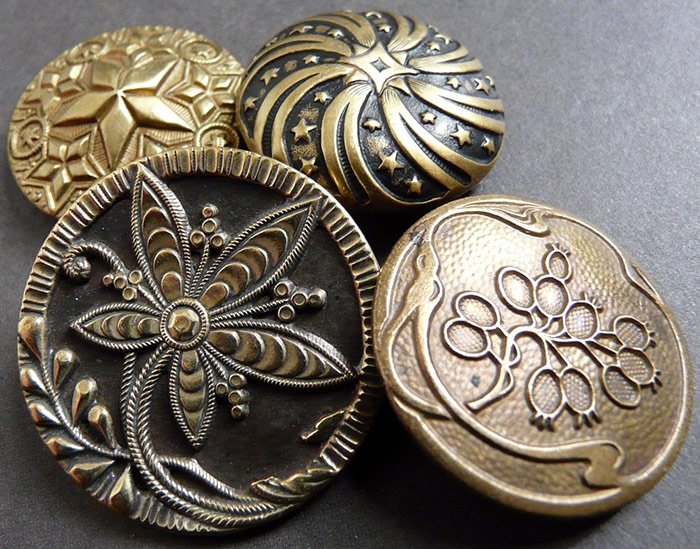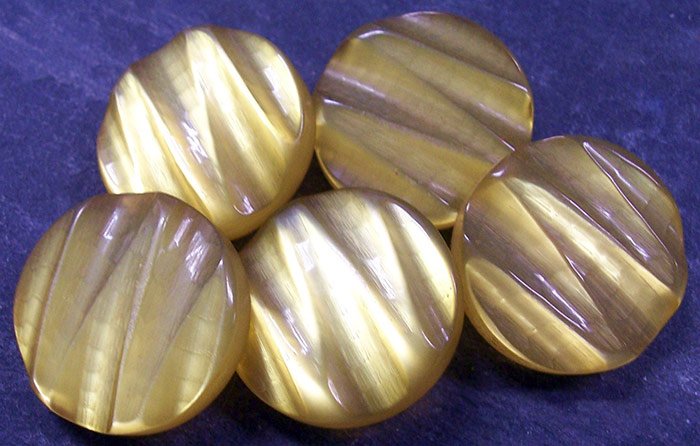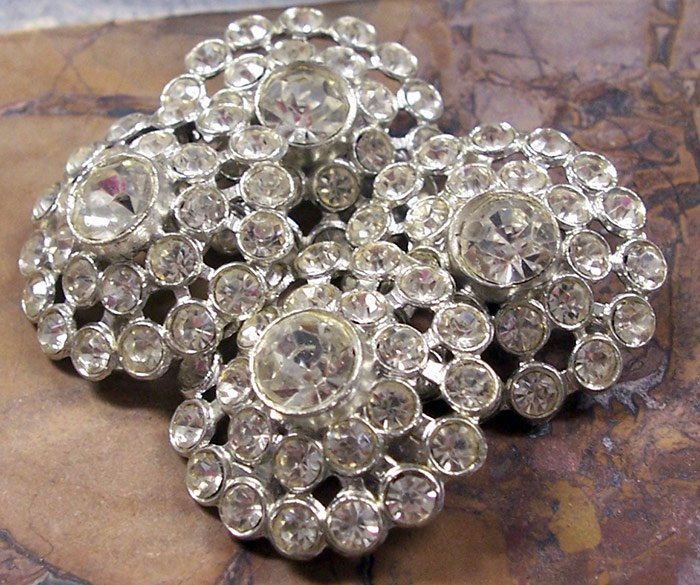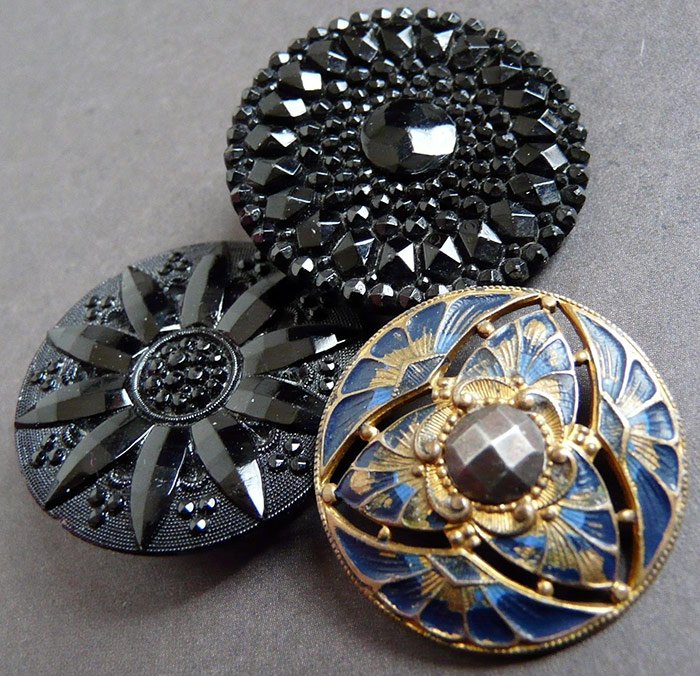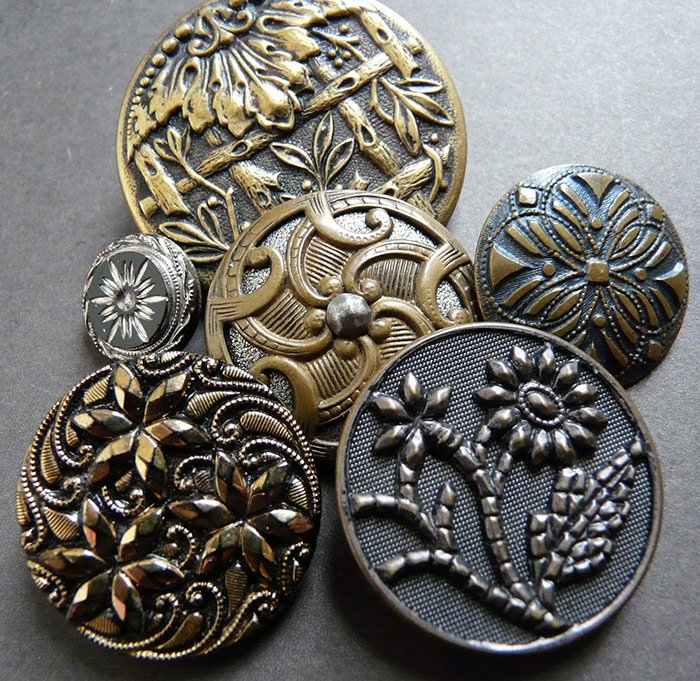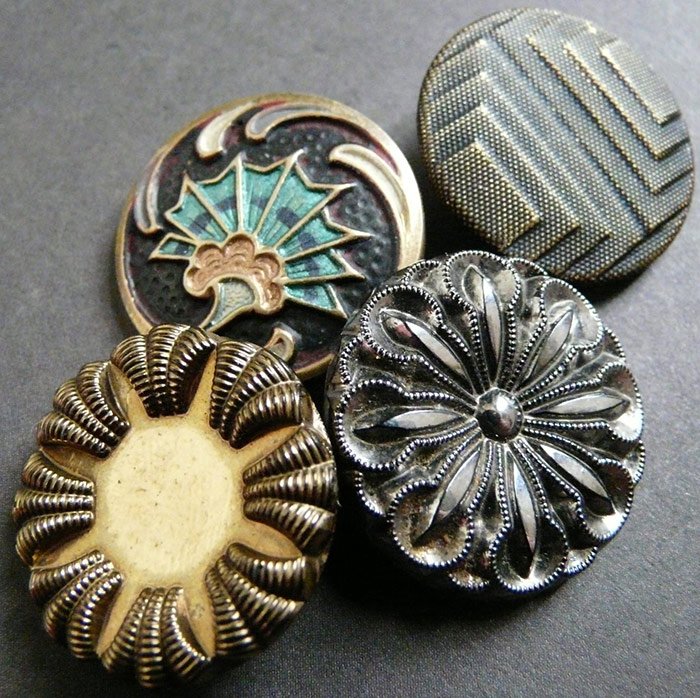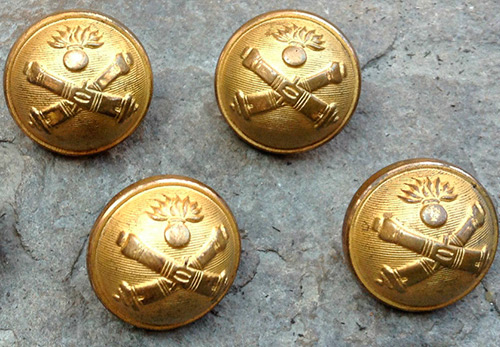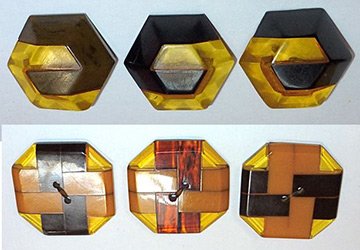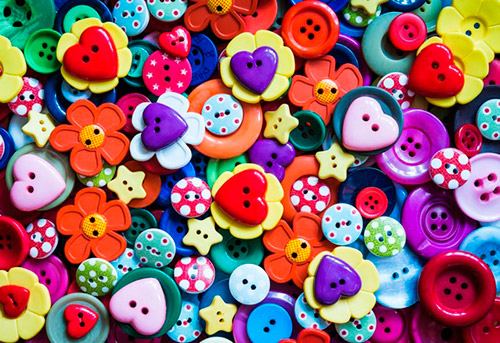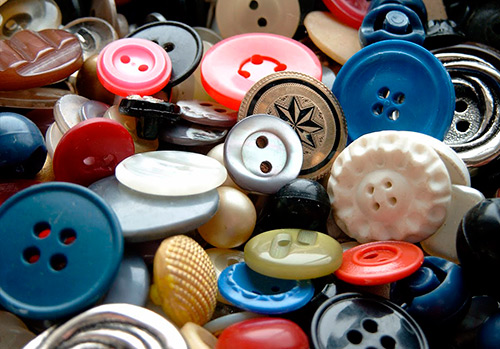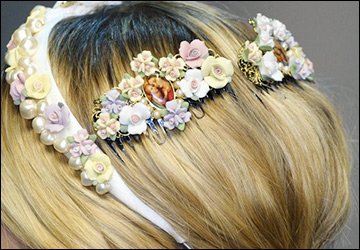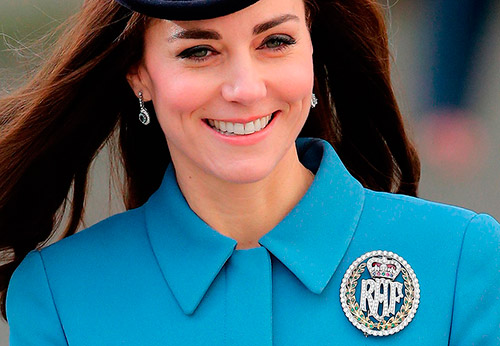Fashionable accessories
History of the appearance of buttons and fashionable buttons
There are probably those among us who do not attach much importance to such a detail of our wardrobe as a button. Nevertheless, fashionable buttons can play an important role in clothes, as they can not only connect the shelves of coats or blouses, but also decorate your outfit. And you can see this if you look at the collections Fashion Houses.
The history of the appearance of buttons
The first buttons have been known for a long time. Even the ancient Greeks and Etruscans buttoned their tunics on the shoulder with buttons and loops. And in Europe, they fastened themselves using brooches and pintucks. And this happened until, in the XIII century, only ... a hole for a button was invented. In the 14th century, buttons began to be used as decoration. They were sewn on the sleeve from the elbow to the cuff, on the chest - from the neck to the waist. Buttons were made of gold, silver, ivory. They talked about the status and wealth of the owner, according to them the nobility of the family was determined (depending on what drawing or coat of arms was applied to the button and what material it was made of).
The buttons were inlaid with ivory and turtle shell and of course precious stones. The caftan of the King of France (16th century) had 13,600 small gold buttons with a crown. Napoleon had great respect for the beauty of a military uniform and demanded that all the buttons on the sleeves of the soldiers sparkle like gold. And his marshals believed that the emperor had, in this case, not only respect for beauty, but also contempt for untidiness (he did not like it when the soldiers wiped their nose with their sleeve, and the buttons clearly interfered with this). The most common buttons were made from bone, wood, and ceramics. Then they began to make buttons covered with textiles and embroidered buttons. The most interesting buttons were just over 200 years ago. They were covered with glass, under which were placed flowers, butterflies and even portraits. The size of these buttons reached several centimeters.
France has reached extraordinary heights in the production of buttons. The French began to make porcelain buttons. Glass buttons appeared in Bohemia in the 18th century. And at the beginning of the 19th century, Chinese papier-mâché buttons became popular in Europe. For the manufacture of buttons, sea and river shells and mother-of-pearl were used. Since the 1920s, the most beautiful buttons, one might say jewelry-made buttons, have remained an accessory only for elegant clothes. Everyday outfits began to be equipped with plastic buttons. Buttons covered with fabric from which a dress or blouse was sewn were considered decorative.
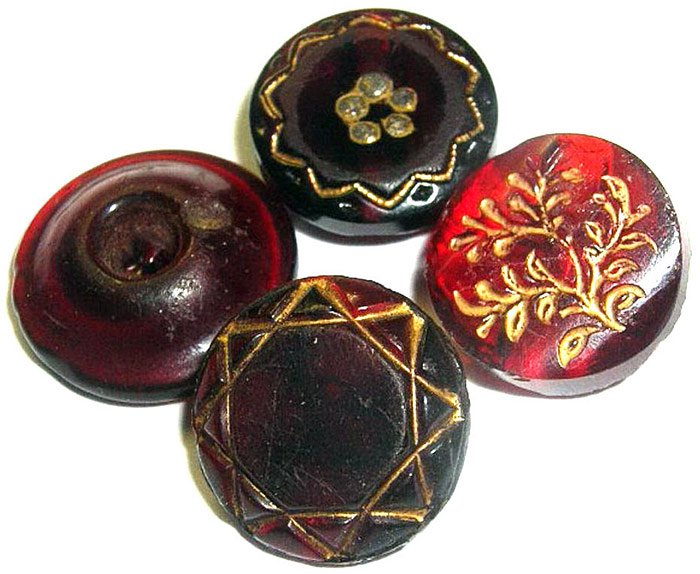
And so, most often the buttons were made of wood, leather, glass, bone, mother-of-pearl. But metal buttons have even served as a means of payment for a long time. In Germany, there is a saying - they don’t throw around with buttons. Metal buttons were made not only from gold and silver, but also from tin and copper. The shape of the metal buttons was the most diverse: almond-shaped, pear-shaped, grooved, ovoid, and sizes - from a small pea to the size of an egg. Their decorativeness also differed in variety. The buttons were openwork, decorated with niello, engraving, and decorated with multicolored enamel. During its existence, buttons have been made from a variety of materials and have undergone various manufacturing techniques. In addition to the named natural materials, buttons today are made of polyester with metallization and various inserts, as well as plastic with dusting and filling.
Button collection
There is a Button Collectors' Club in America, which has more than five thousand members with rare collections. There is such a club in Italy, so far there are only about 20 members in it, since the club was created in 1995.
Just like jewelry, buttons must be selected with the greatest care. The choice of buttons depends on the fashion and properties of the fabric. They should match in color with the fabric, emphasize the style of clothing. Even the smallest cuff button can play a big role. Do not forget that buttons are an important and effective finish, and this season they play a key role in outfits.
Comments and Reviews
Add a comment
Rating news
Shades of clothing that make women look younger
What shades of hair make women younger: rules and photos
Funny wedding dresses - photos and ideas
12 most expensive down jackets for the winter
How to look 25 at 40: tips from supermodels
Beautiful schoolgirls
Anti-aging haircuts and hairstyles for women
Fashionable skirts for autumn and winter
Fashionable women's trousers for the cold season
Fashionable and stylish sandals for summer 2024
Spring-summer 2024
 Fashionable dresses and tops with thin spaghetti straps
Fashionable dresses and tops with thin spaghetti straps
 Bandana tops: how to wear stylishly and beautifully
Bandana tops: how to wear stylishly and beautifully
 How to put together the perfect men's wardrobe for the summer
How to put together the perfect men's wardrobe for the summer
 Fashionable shorts for spring-summer 2024
Fashionable shorts for spring-summer 2024
 Fashionable skirts for spring-summer 2024: a guide to online shopping
Fashionable skirts for spring-summer 2024: a guide to online shopping
 The most fashionable dresses spring-summer 2024: styles and colors
The most fashionable dresses spring-summer 2024: styles and colors
 Fashionable total look 2024: image ideas and trends
Fashionable total look 2024: image ideas and trends
